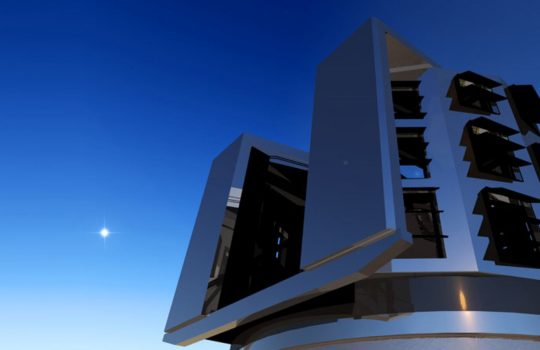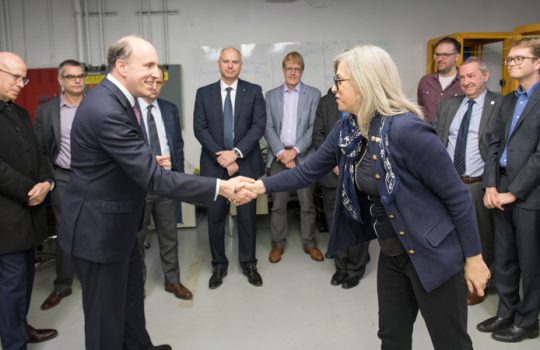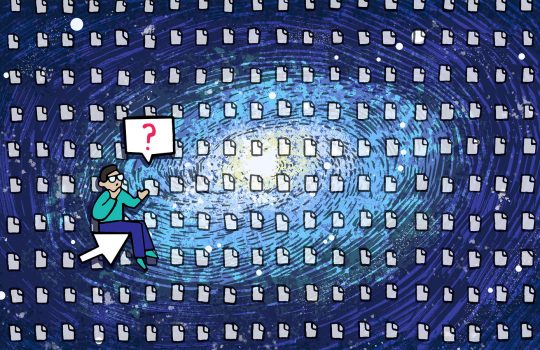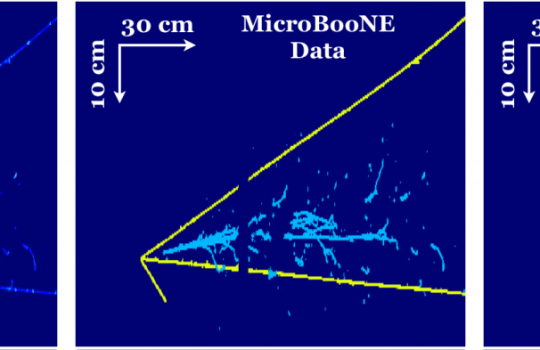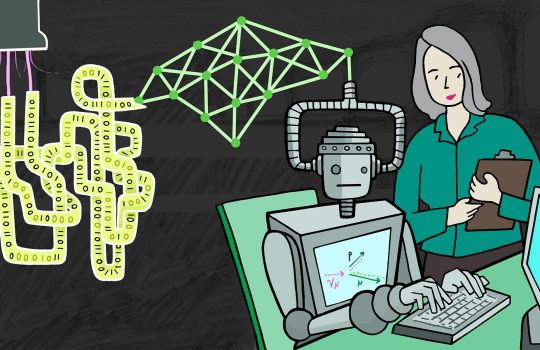Data scientists face off in LSST machine-learning competition
A new telescope will take a sequence of snapshots with the world’s largest digital camera, covering the entire visible night sky every few days — and repeating the process for an entire decade. What’s the best way to rapidly and automatically identify and categorize all of the stars, galaxies and other objects captured in these images? Data scientists trained have computers to pick out useful information from these hi-res snapshots of the universe.

